Anencephaly Definition, Causes & More
 Article Sources
Article Sources
- 1. 'Facts about Anencephaly.' Centers for Disease Control and Prevention, Centers for Disease Control and Prevention, 28 Dec. 2020, www.cdc.gov/ncbddd/birthdefects/anencephaly.html.
- 2. 'Facts about Anencephaly.' Centers for Disease Control and Prevention, Centers for Disease Control and Prevention, 28 Dec. 2020, www.cdc.gov/ncbddd/birthdefects/anencephaly.html.
- 3. 'Anencephaly: MedlinePlus Genetics.' MedlinePlus, U.S. National Library of Medicine, 18 Aug. 2020. medlineplus.gov/genetics/condition/anencephaly/#synonyms.
- 4. 'Anencephaly.' Causes, Symptoms, Diagnosis and Treatment for Newborns | St. Louis Childrens Hospital, www.stlouischildrens.org/conditions-treatments/anencephaly.
- 5. 'Anencephaly: Neural Tube Defect, Birth Defect, Causes, Prevention.' Cleveland Clinic, my.clevelandclinic.org/health/diseases/15032-anencephaly.
Anencephaly is a rare and serious birth defect where a baby is born without part of the brain and skull. Most often, the cerebellum and front of the brain do not form.1‘Facts about Anencephaly.’ Centers for Disease Control and Prevention, Centers for Disease Control and Prevention, 28 Dec. 2020, www.cdc.gov/ncbddd/birthdefects/anencephaly.html.
This condition is fatal. Most babies born with anencephaly die in the first few hours of life, with few babies surviving to a week old. Anencephaly can be devastating for parents and family, and having a better understanding of the condition, what causes it and how it’s diagnosed can help loved ones prepare and support one another.2‘Facts about Anencephaly.’ Centers for Disease Control and Prevention, Centers for Disease Control and Prevention, 28 Dec. 2020, www.cdc.gov/ncbddd/birthdefects/anencephaly.html.
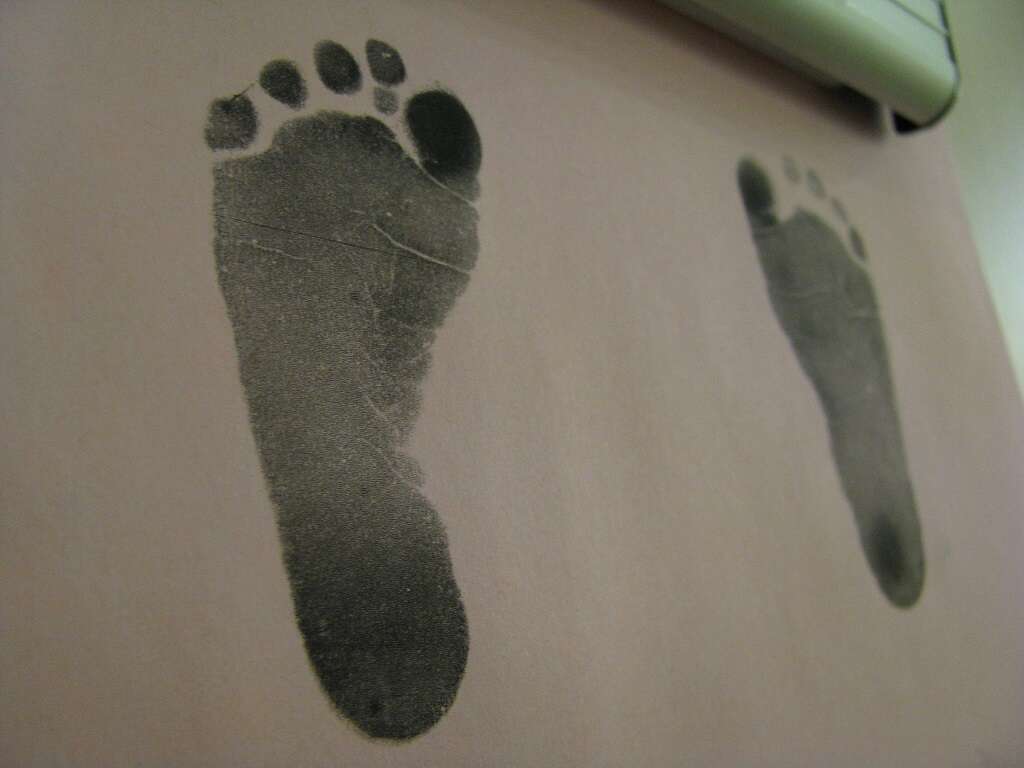
1. Symptoms of Anencephaly
The head of a baby born with anencephaly will often have a different shape than in a typical infant. The babies will often be missing bones in the back or sides of their heads, and their ears may be folded. Portions of the brain will often be missing. They may be smaller than a typical baby.
Many babies born with anencephaly also have heart defects.4‘Anencephaly.’ Causes, Symptoms, Diagnosis and Treatment for Newborns | St. Louis Childrens Hospital, www.stlouischildrens.org/conditions-treatments/anencephaly. Many babies with anencephaly are stillborn or die before they can be born. If a baby is alive at birth, they will usually die very quickly.1‘Facts about Anencephaly.’ Centers for Disease Control and Prevention, Centers for Disease Control and Prevention, 28 Dec. 2020, www.cdc.gov/ncbddd/birthdefects/anencephaly.html.

2. Will the Baby Be in Pain?
Babies with anencephaly cannot feel pain. There may be automatic reflexes when the baby is touched or held, but they don’t come with sensations.2‘Facts about Anencephaly.’ Centers for Disease Control and Prevention, Centers for Disease Control and Prevention, 28 Dec. 2020, www.cdc.gov/ncbddd/birthdefects/anencephaly.html.
Many parents are understandably afraid that their baby is in pain or distressed, but the parts of the brain that allow people to feel pain and fear don’t develop for a baby with anencephaly. The baby will likely not be aware and will not be in any pain or discomfort during the end of their life.5‘Anencephaly: Neural Tube Defect, Birth Defect, Causes, Prevention.’ Cleveland Clinic, my.clevelandclinic.org/health/diseases/15032-anencephaly.
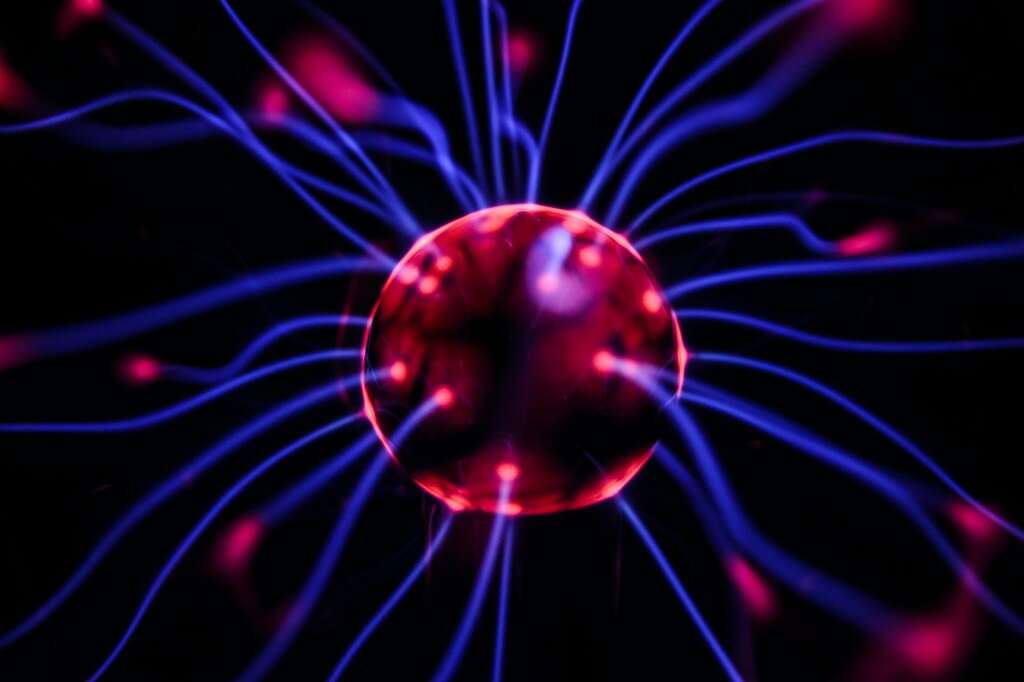
3. What Causes Anencephaly?
Anencephaly starts during the first weeks of pregnancy, when the neural tube is forming. The neural tube should close, so the brain and spinal cord can form properly, but in some cases it doesn’t close all the way. This leads to anencephaly.1‘Facts about Anencephaly.’ Centers for Disease Control and Prevention, Centers for Disease Control and Prevention, 28 Dec. 2020, www.cdc.gov/ncbddd/birthdefects/anencephaly.html.
Why this happens is not fully understood. Most of the time it is not inherited, although genetics play a role. Researchers believe it is a combination of genetic and environmental factors, and not all of these factors are known.3‘Anencephaly: MedlinePlus Genetics.’ MedlinePlus, U.S. National Library of Medicine, 18 Aug. 2020. medlineplus.gov/genetics/condition/anencephaly/#synonyms.
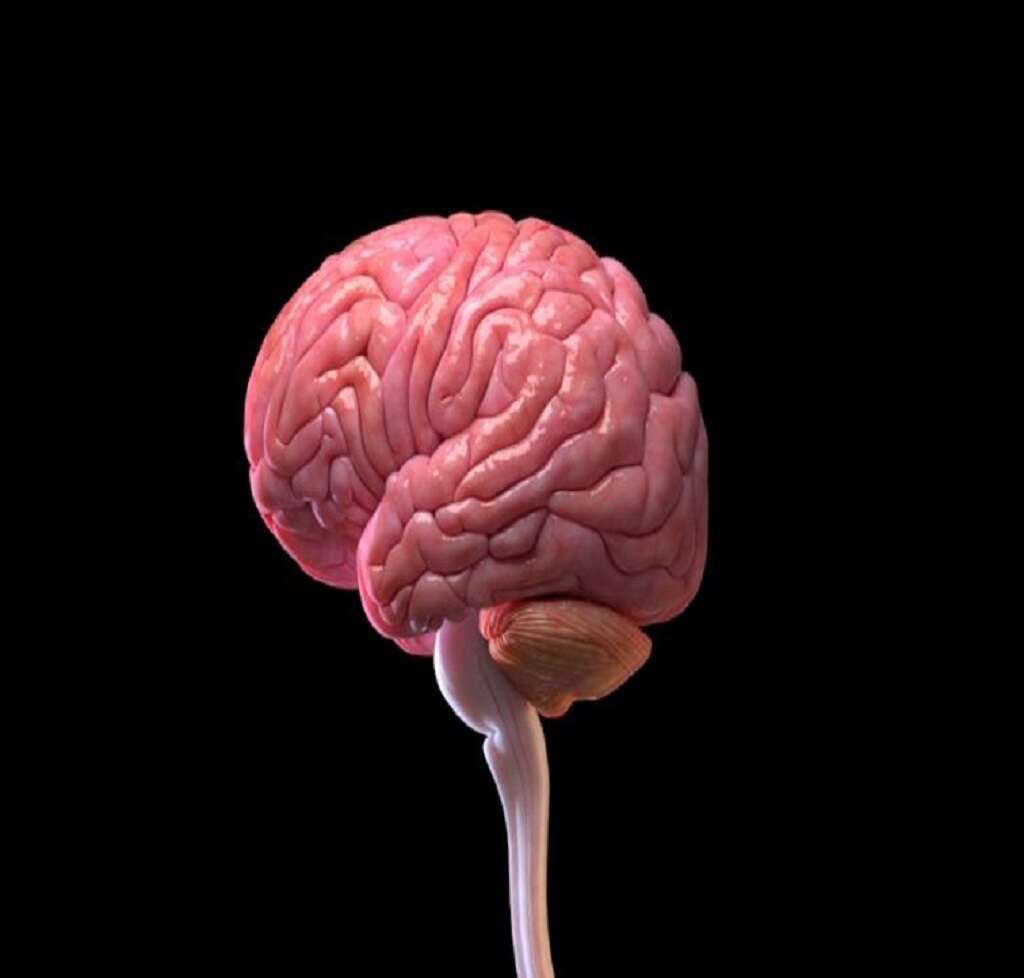
4. Who’s at Risk for Anencephaly?
If a baby is born with anencephaly or a less fatal neural tube defect, such as spina bifida, chances are much higher that the next baby will have anencephaly. Parents who are concerned about their risks of having a second baby with anencephaly or another neural tube defect should speak with a genetic counselor for the best options and information.4‘Anencephaly.’ Causes, Symptoms, Diagnosis and Treatment for Newborns | St. Louis Childrens Hospital, www.stlouischildrens.org/conditions-treatments/anencephaly.
Babies born to parents with diabetes or who are taking opioids, prescribed or not, and some anti-seizure medications may be at higher risk.5‘Anencephaly: Neural Tube Defect, Birth Defect, Causes, Prevention.’ Cleveland Clinic, my.clevelandclinic.org/health/diseases/15032-anencephaly.
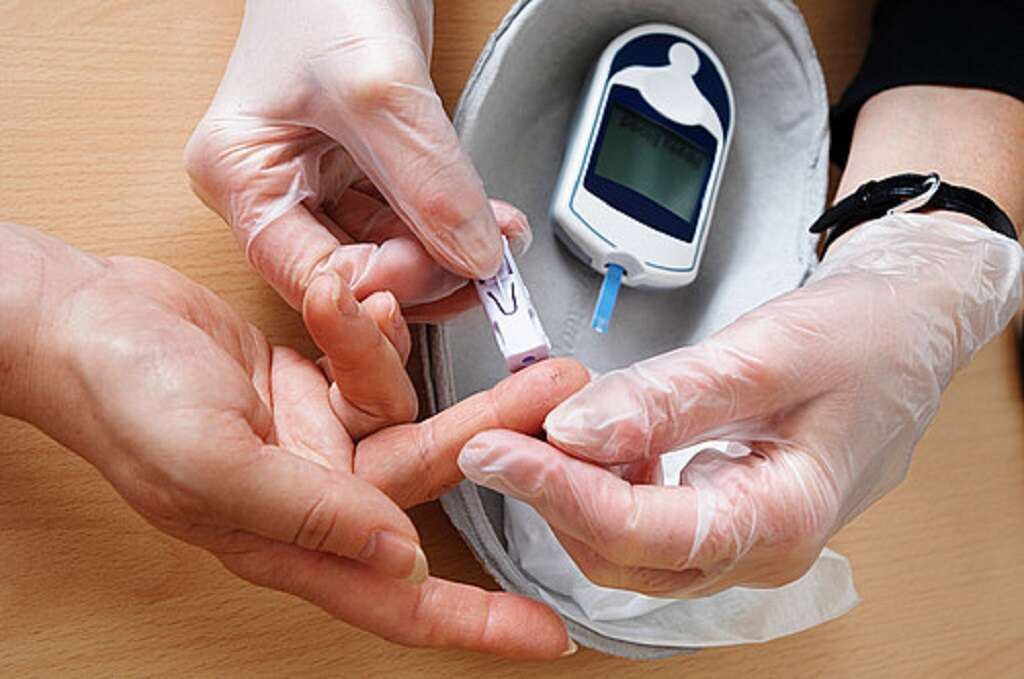
5. How to Prevent Anencephaly?
Preventing anencephaly may not always be possible, and the condition is not anyone’s fault. But there are small steps to take that may help avoid anencephaly. The CDC recommends anyone who could become pregnant take supplements and eat fortified foods to ensure they get 400 mg of folic acid per day for proper fetal brain development.1‘Facts about Anencephaly.’ Centers for Disease Control and Prevention, Centers for Disease Control and Prevention, 28 Dec. 2020, www.cdc.gov/ncbddd/birthdefects/anencephaly.html.
Those hoping to become pregnant should talk to their doctor about any medications they are taking.5‘Anencephaly: Neural Tube Defect, Birth Defect, Causes, Prevention.’ Cleveland Clinic, my.clevelandclinic.org/health/diseases/15032-anencephaly.

6. How Is Anencephaly Diagnosed?
Anencephaly is often diagnosed in the womb, though it may sometimes be diagnosed at birth. The condition may show up on an ultrasound as early as eight weeks into a pregnancy.2‘Facts about Anencephaly.’ Centers for Disease Control and Prevention, Centers for Disease Control and Prevention, 28 Dec. 2020, www.cdc.gov/ncbddd/birthdefects/anencephaly.html.
A blood test in the first few months of pregnancy can measure levels of a protein made by the baby growing in the womb. High levels of this protein do not mean that the baby has anencephaly, only that there’s a higher risk. An ultrasound and further tests can help confirm.4‘Anencephaly.’ Causes, Symptoms, Diagnosis and Treatment for Newborns | St. Louis Childrens Hospital, www.stlouischildrens.org/conditions-treatments/anencephaly.
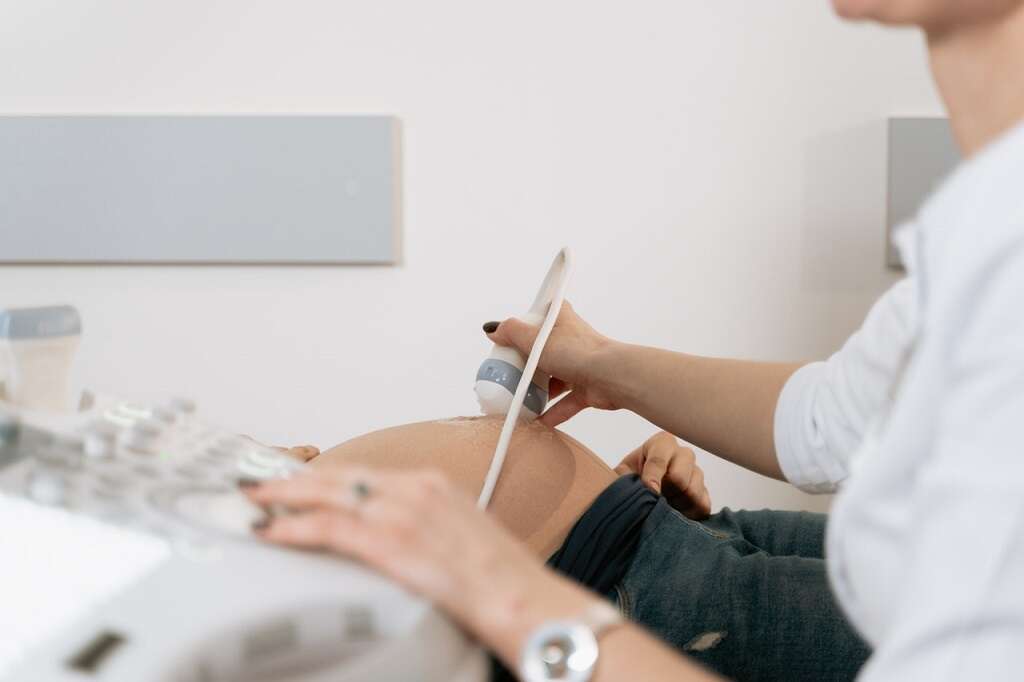
7. Risks to the Parent
Carrying a baby with anencephaly has more risks than a typical pregnancy. The build up of excess amniotic fluid common in anencephaly can be dangerous, and there is an increased risk of miscarriage or premature delivery.
For this reason, some parents may choose to end the pregnancy. Other parents choose to carry to term, knowing the baby will die soon after birth. This is a personal decision, and there is no one right answer for everyone.2‘Facts about Anencephaly.’ Centers for Disease Control and Prevention, Centers for Disease Control and Prevention, 28 Dec. 2020, www.cdc.gov/ncbddd/birthdefects/anencephaly.html.

8. Preparing for Delivery
The delivery of a baby with anencephaly is uniquely challenging in many ways. It’s common to feel a mix of joy and grief. Many parents may wish to bring mementos and special clothing or take photos with the baby. They may choose a name for the baby. Others may find this too difficult.
The important thing is to understand that there is no wrong way to grieve. Someone giving birth to a baby with anencephaly may need additional support from family and friends.2‘Facts about Anencephaly.’ Centers for Disease Control and Prevention, Centers for Disease Control and Prevention, 28 Dec. 2020, www.cdc.gov/ncbddd/birthdefects/anencephaly.html.
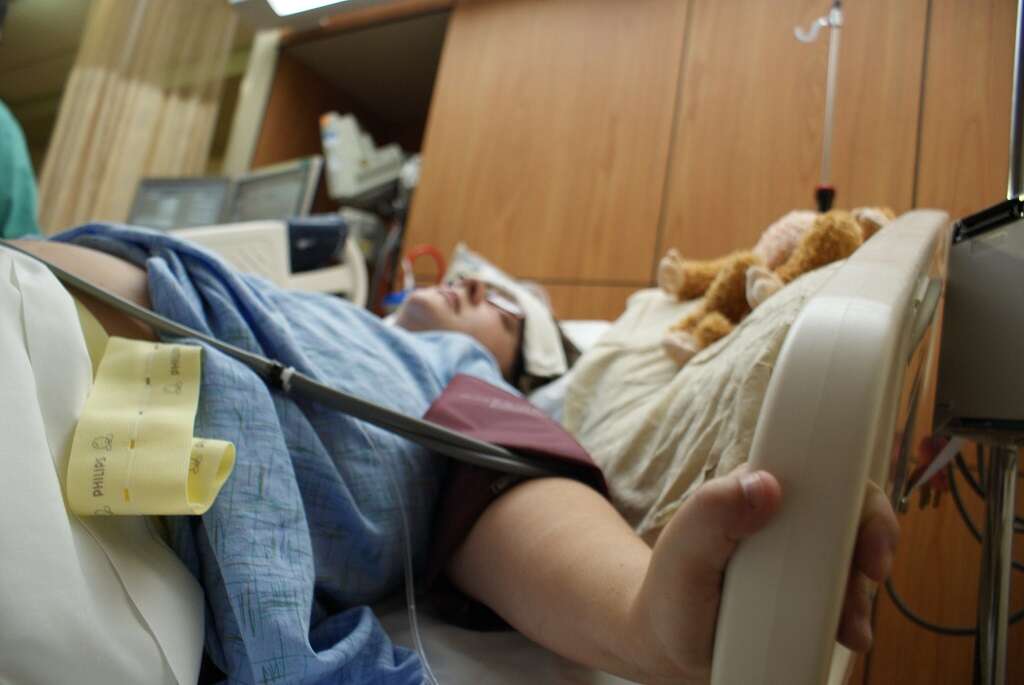
9. After the Baby Is Born
There is no available treatment for anencephaly. There is no way to prevent death and no need to manage pain because the baby will not be in pain.
Doctors and nurses can help make sure that the birth is safe and help the family say goodbye.5‘Anencephaly: Neural Tube Defect, Birth Defect, Causes, Prevention.’ Cleveland Clinic, my.clevelandclinic.org/health/diseases/15032-anencephaly. Some people who are giving birth may want to have a special midwife or medical team they trust to help them through the birth and death of their baby.2‘Facts about Anencephaly.’ Centers for Disease Control and Prevention, Centers for Disease Control and Prevention, 28 Dec. 2020, www.cdc.gov/ncbddd/birthdefects/anencephaly.html.

10. After Losing a Baby
Losing a baby to anencephaly can cause complicated emotions that may change over time. Grief is sometimes overwhelming, and many parents may feel alone. It’s important to remember that while anencephaly is rare, there are others who have experienced it, and support groups may be helpful.
Some parents later find keepsakes of their baby, such as photographs and hand prints, helpful. Others may wish to hold a funeral, which can be arranged with the hospital or a funeral home.2‘Facts about Anencephaly.’ Centers for Disease Control and Prevention, Centers for Disease Control and Prevention, 28 Dec. 2020, www.cdc.gov/ncbddd/birthdefects/anencephaly.html.











